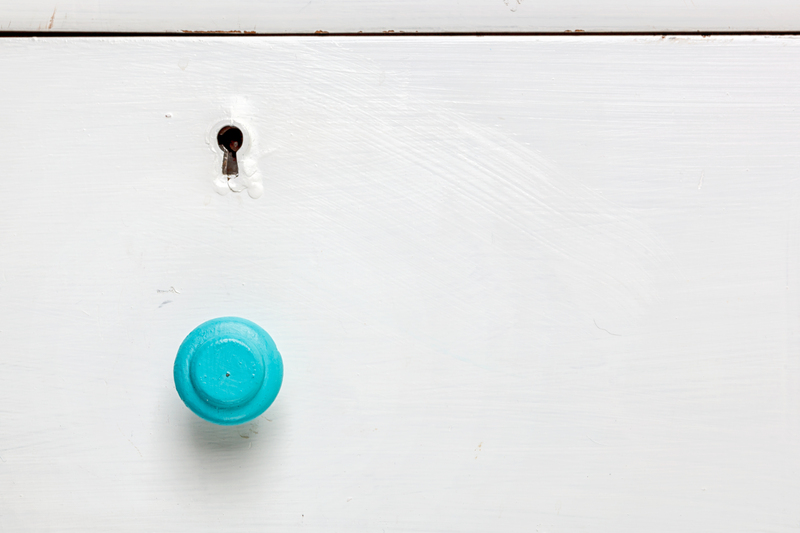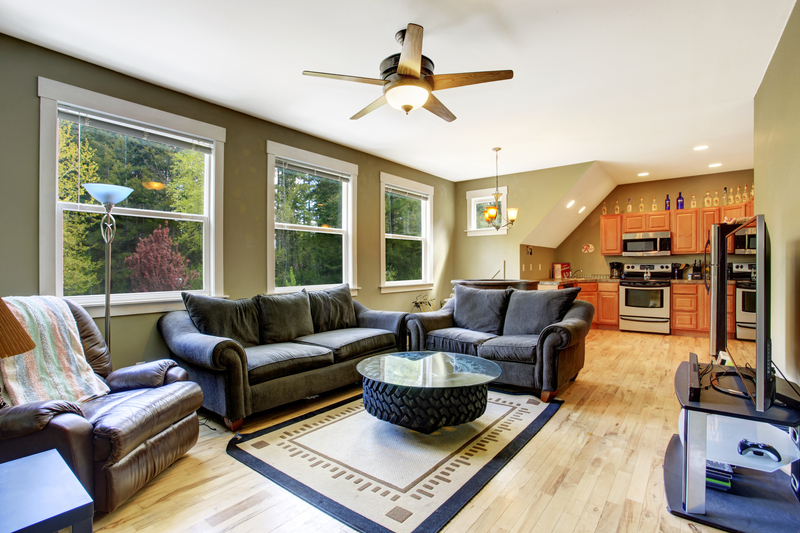Basement Decluttering Steps
Posted on 17/02/2025
Decluttering your basement can be a daunting task. Over time, this often-neglected space can accumulate a variety of items that no longer serve a purpose. Tackling a cluttered basement requires a systematic approach to ensure efficiency and effectiveness. This detailed guide will walk you through each step of the process, while also offering tips and insights to help you along the way.
Step 1: Set a Clear Goal
Before diving into the decluttering process, it's important to define your intentions. Ask yourself what you want to achieve. Whether it's creating more storage space, setting up a home gym, or simply making it easier to find things, having a clear goal will help you stay focused and motivated.
Step 2: Sort and Categorize
Begin by sorting items into categories such as 'Keep', 'Donate', 'Sell', and 'Throw Away'. This method helps in making the decision process simpler and more efficient. Here are some tips to consider while sorting:
- Keep Only What Adds Value: If an item hasn't been used or does not hold sentimental value, it might be time to let it go.
- Use the One-Year Rule: If you haven't used an item in the past year, chances are you won't miss it.
- Think Functionality: Keep items that serve a functional purpose or are multifunctional.

Step 3: Use Proper Storage Solutions
Invest in durable storage solutions such as plastic bins, shelving units, and labeled containers. Clear bins make it easier to see what's inside, saving you time and effort in the future. Label each container clearly to ensure you can quickly find what you need.
Step 4: Declutter One Section at a Time
The basement can be overwhelming if you try to tackle it all at once. Divide the space into manageable sections and focus on one area at a time. This makes the task less intimidating and more achievable.
Step 5: Dispose of Unwanted Items Responsibly
Dispose of unwanted items responsibly by donating or recycling whenever possible. Many charitable organizations accept gently used items and will even pick them up from your home.
Step 6: Regular Maintenance
Decluttering isn't a one-time task; it requires regular upkeep to maintain an organized space. Schedule monthly or quarterly check-ins to keep your basement clutter-free.
Pros and Cons
Pros:
1. Enhanced Space: More usable space for activities, storage, or hobbies.
2. Reduced Stress: A clutter-free environment can significantly reduce stress and anxiety.
3. Increased Efficiency: Easier to find and access items you need.
4. Improved Safety: Reduces the risk of accidents caused by clutter.
Cons:
1. Time-Consuming: The decluttering process can be lengthy and labor-intensive.
2. Emotional Attachment: Letting go of sentimental items can be challenging.
3. Initial Costs: Investment in storage solutions can be expensive initially.

Tips for Successful Decluttering
- Set Small Goals: Break the task into smaller, manageable goals.
- Use a Timer: Work in 20-30 minute intervals to avoid burnout.
- Enlist Help: Get family members or friends involved.
- Be Ruthless: Be honest with yourself about what you actually need and use.
Takeaways
1. Assessment is Key: Understanding your goal will guide your entire process.
2. Effective Sorting: Categorizing items helps in making quick decisions.
3. Quality Storage Solutions: Invest in good storage to maintain an organized space.
4. Regular Maintenance: Consistent check-ins are essential to keep your basement clutter-free.
Conclusion
Decluttering your basement might seem overwhelming, but with a structured approach, it becomes manageable and even rewarding. By setting clear goals, sorting items effectively, using proper storage solutions, and committing to regular maintenance, you can transform your basement into a functional and organized space. Both the pros and cons highlight the importance of maintaining a clutter-free environment, emphasizing its impact on both your mental and physical well-being. Remember, every small step counts towards a more organized and enjoyable living space.










